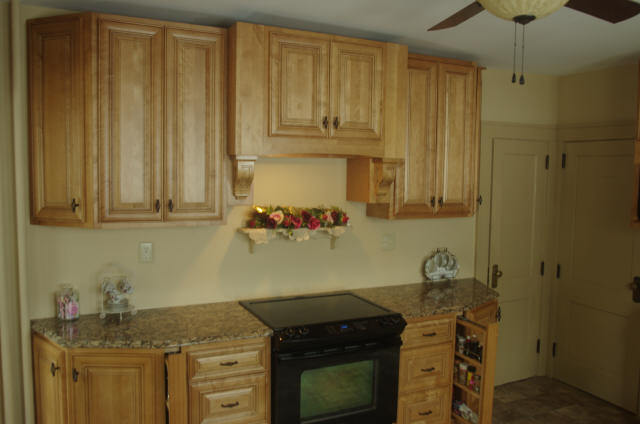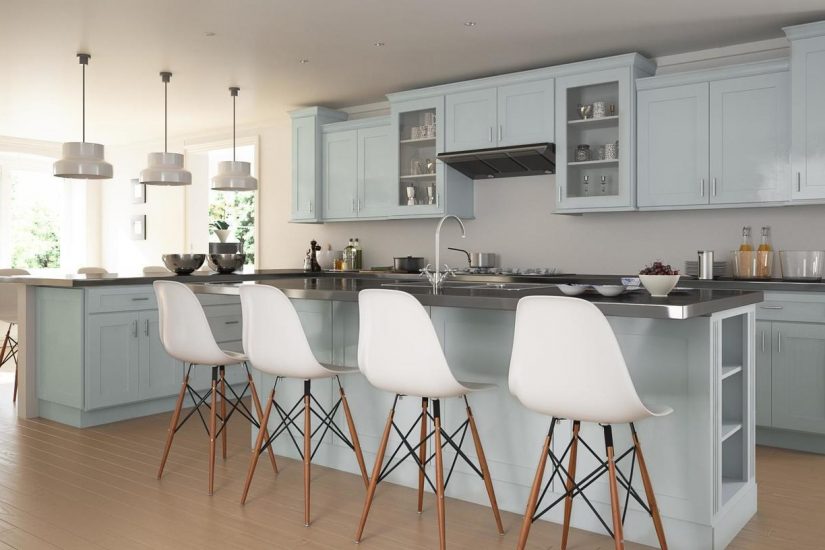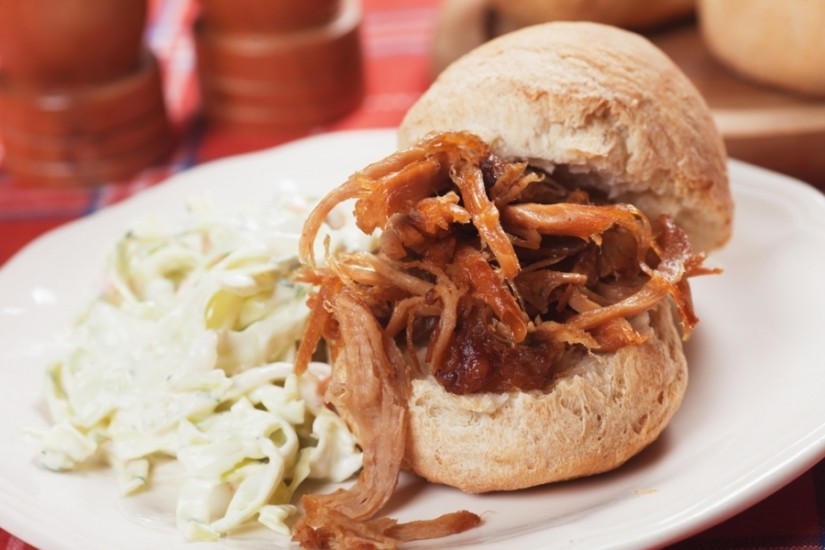You’ve seen them in home design magazines—beautiful state-of-the-art range hoods—and secretly swooned. But are these kitchen beauties worth the investment? How do you know if a range hood is right for your home? Here are a few things to consider:
Ventilation Is Key
First and foremost, it’s a matter of ventilation. Proper ventilation is essential in your home kitchen whether it’s from a hood or an over-the-range microwave. Indoor air quality experts say proper ventilation not only removes odor, but clears the air of food, grease, smoke, and even chemical particles that you’d otherwise breathe in. If you’re cooking on gas stove, experts say venting helps rid the air of the nitrogen dioxide produced by flames.

Over-The-Range Microwaves v. Range Hoods
Now that we’ve established ventilation is a must-have, it’s important to know the difference between over-the-range microwaves and range hoods. Consumer Reports suggests over-the-range microwaves are often less expensive than range hoods and save counter space. However (and it’s a big however) range hoods far exceed the competition in their ability to clear smoke, not to mention venting fumes and heat. They’re more aesthetically pleasing, but come with a heftier price tag.
Outdoor Venting Hoods v. Recirculating Range Hoods
There are two different types of range hoods: outdoor venting and recirculating. An outdoor venting hood does exactly what its name implies, vents the fumes, smoke, and particles to the outside. In a New York Times article, “Your Stove Just Needs to Vent,” indoor air experts recommended buying a range hood that removes 400 cubic feet of air per minute for an electric stove and 100 cubic feet per minute for gas.
However, not all homes can accommodate a vent to the outdoors. That’s where recirculating range hoods come into play. They don’t have to have a vent to the outside. They clear the air by filtering it through grease and charcoal filters before releasing it back into the kitchen. While they don’t do as good of a job as outdoor venting hoods, experts say they’re better than nothing.
How to Choose The Right Range Hood
While range hoods aren’t a kitchen essential, they’re pretty close to being one—especially if you cook dinner most nights of the week. Here’s a few tips for selecting the right one for your home:
-
Measure the space above your stove. Kitchen design experts recommend a hood should be 24 to 30 inches above the stove top for maximum efficiency.
-
Set a budget. Hoods have a wide price range depending on the material you choose. Stainless steel hoods and wooden hoods typically cost less than copper hoods. Remember to factor in the cost of installation. Professional installation is highly recommended.
-
Find one that fits your kitchen style. You want your new range hood to coordinate with your kitchen, not stick out like a sore thumb. TheRTAStore has a beautiful selection of wooden and copper hoods to choose from.
If you’ve got questions about how a range hood will look in your space, TheRTAStore has professional kitchen design experts that can help. Check out the free online kitchen design service if you want to see how their products will look in your home. TheRTAStore offers a wide selection of high-quality range hoods to match your kitchen style and needs.




